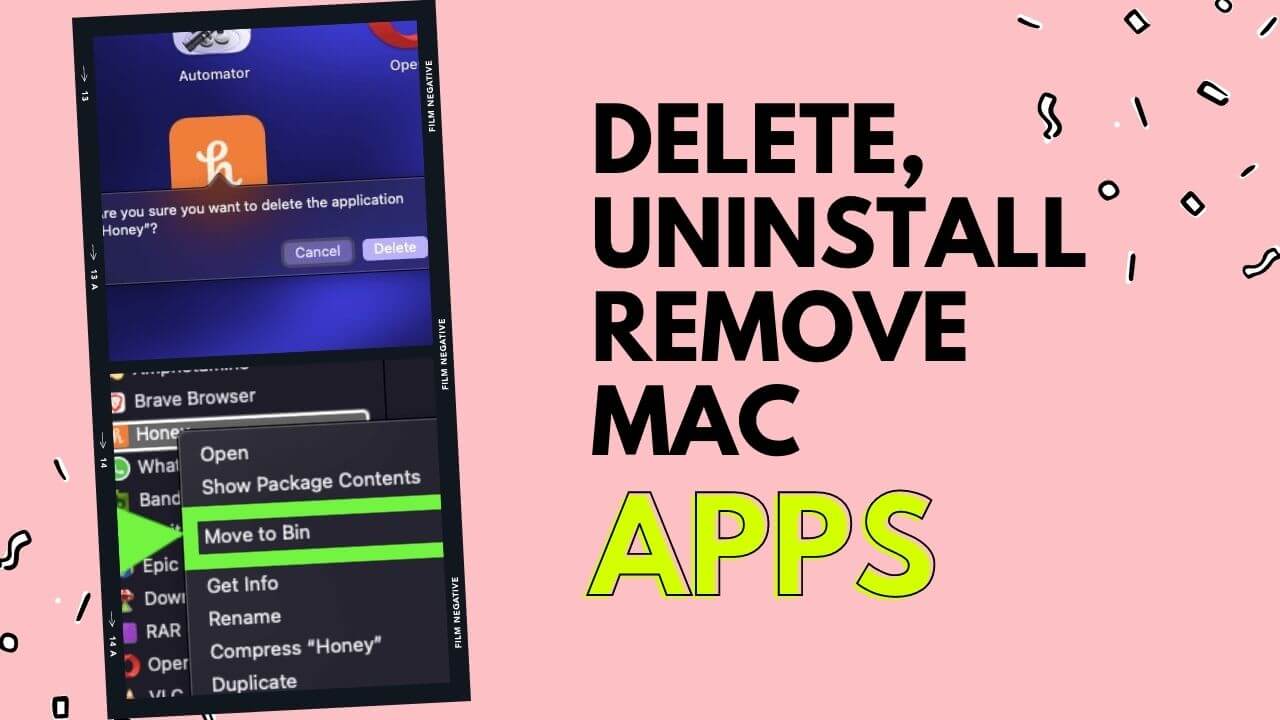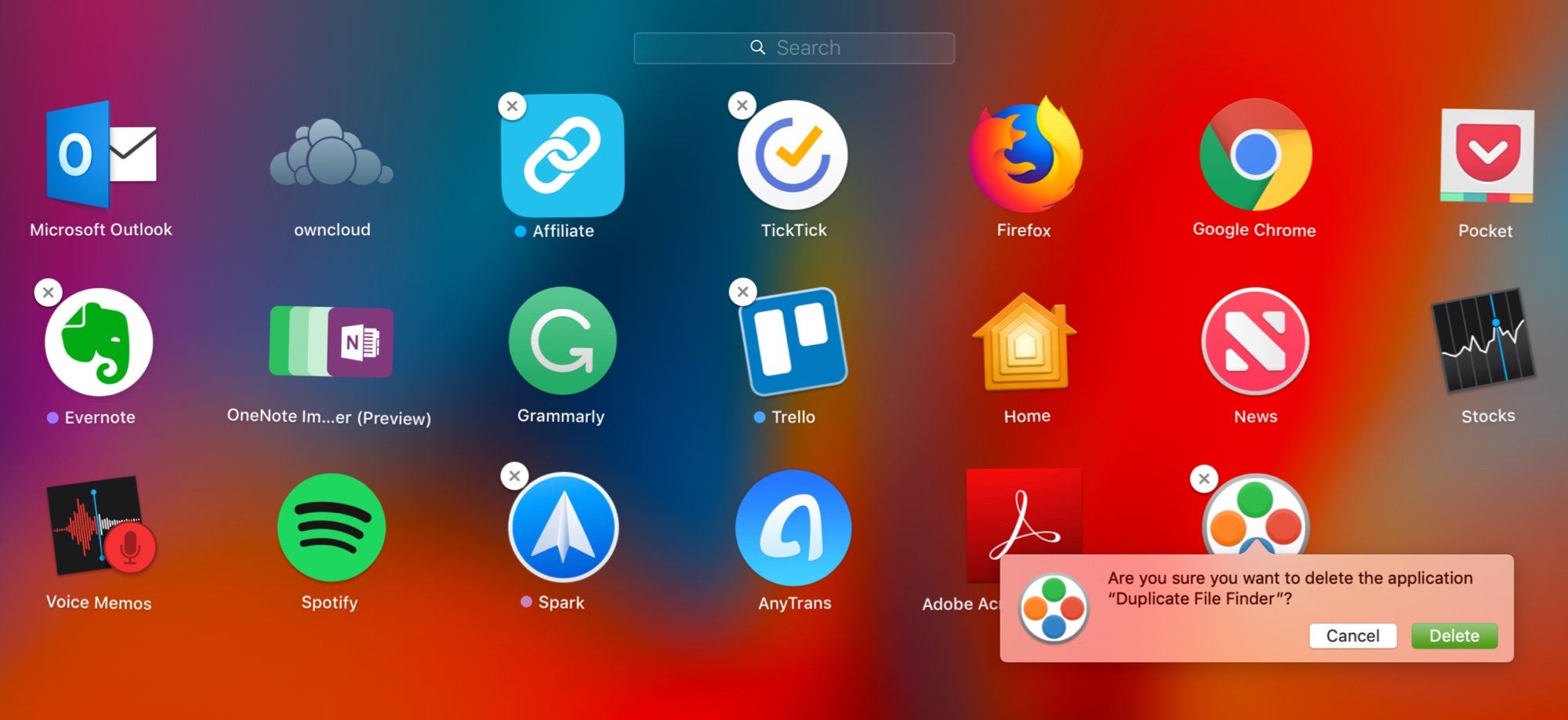

- HOW TO DELETE APPS ON MAC BOOK AIR INSTALL
- HOW TO DELETE APPS ON MAC BOOK AIR UPDATE
- HOW TO DELETE APPS ON MAC BOOK AIR SOFTWARE
- HOW TO DELETE APPS ON MAC BOOK AIR CODE
The bad news, though, is that the macOS ecosystem is an expanding battlefield, where the adversaries from the deep web are quickly getting better at orchestrating their campaigns. The good news is, it’s in a somewhat primitive state compared to Windows viruses so far. Mac malware is no longer a marginal phenomenon.
HOW TO DELETE APPS ON MAC BOOK AIR CODE
This tutorial covers the prevalent categories of malicious code targeting MacBook Air and includes simple walkthroughs to remove malware from these laptops.
HOW TO DELETE APPS ON MAC BOOK AIR SOFTWARE
While this feature won’t remove the installation file, it does find the files associated with specific software after selecting the app(s) that you want removed.
HOW TO DELETE APPS ON MAC BOOK AIR INSTALL
The drag and drop removal method, however, may leave some junk data behind since it doesn't remove the supporting files, which, if you frequently install and uninstall apps, may end up eating into your Mac's storage.Įver since macOS Sierra 10.12, Apple has provided users with the option to trash the installer as soon as its function is finished, a pretty handy feature considering the limited disk space on a MacBook Air.įortunately, Mac optimization apps such as CleanMyMac and others include a neat uninstaller utility that helps remove all files associated with the application and its temporary installation files. Most Common Issues When Removing Installer Files The uninstall process may differ by app, but in most cases it is hassle-free. If this is the situation, just open the disk image and look for an uninstaller file, or launch the app and find the uninstall options.

There are cases where the software is more complex, such as Adobe's suite of programs or Mac optimization software OnyX's installer files.

Removing these files is as easy as the installation process: select the file and drag it to the Bin. But when you realize that your Mac is running out of free space, this is a good place to check for the remains of installer files to remove them and save space. Having one or two installer files in the Downloads folder shouldn't cause any issues unless these files occupy gigabytes of space – Adobe Creative Cloud installer packages, for example. Even so, it can still happen that even advanced users forget about these storage-hungry installer files.
HOW TO DELETE APPS ON MAC BOOK AIR UPDATE
IPSW to apply an iOS software update is considered to be a more advanced function and therefore more appropriate for tech-savvy users.

The same is true for iOS installer files (IPSW), although using. Users tend to forget about the existence of these disk images after they install the software. The required software is packed into a special bundle and carries an invisible “.APP” extension. DMG file just as you might mount a CD when putting it into a CD drive, which makes its contents visible on the Mac. To install an app – the majority of which just require dragging and dropping – users need to mount this. As you may already know, installer files for macOS come with a DMG file extension – otherwise known as an Apple Disk Image – and are similar to ISO files. Mac users often find their Downloads folder filled with disk images that they previously downloaded from the internet, files that – having already installed the apps – they forgot to delete after unmounting the image.


 0 kommentar(er)
0 kommentar(er)
